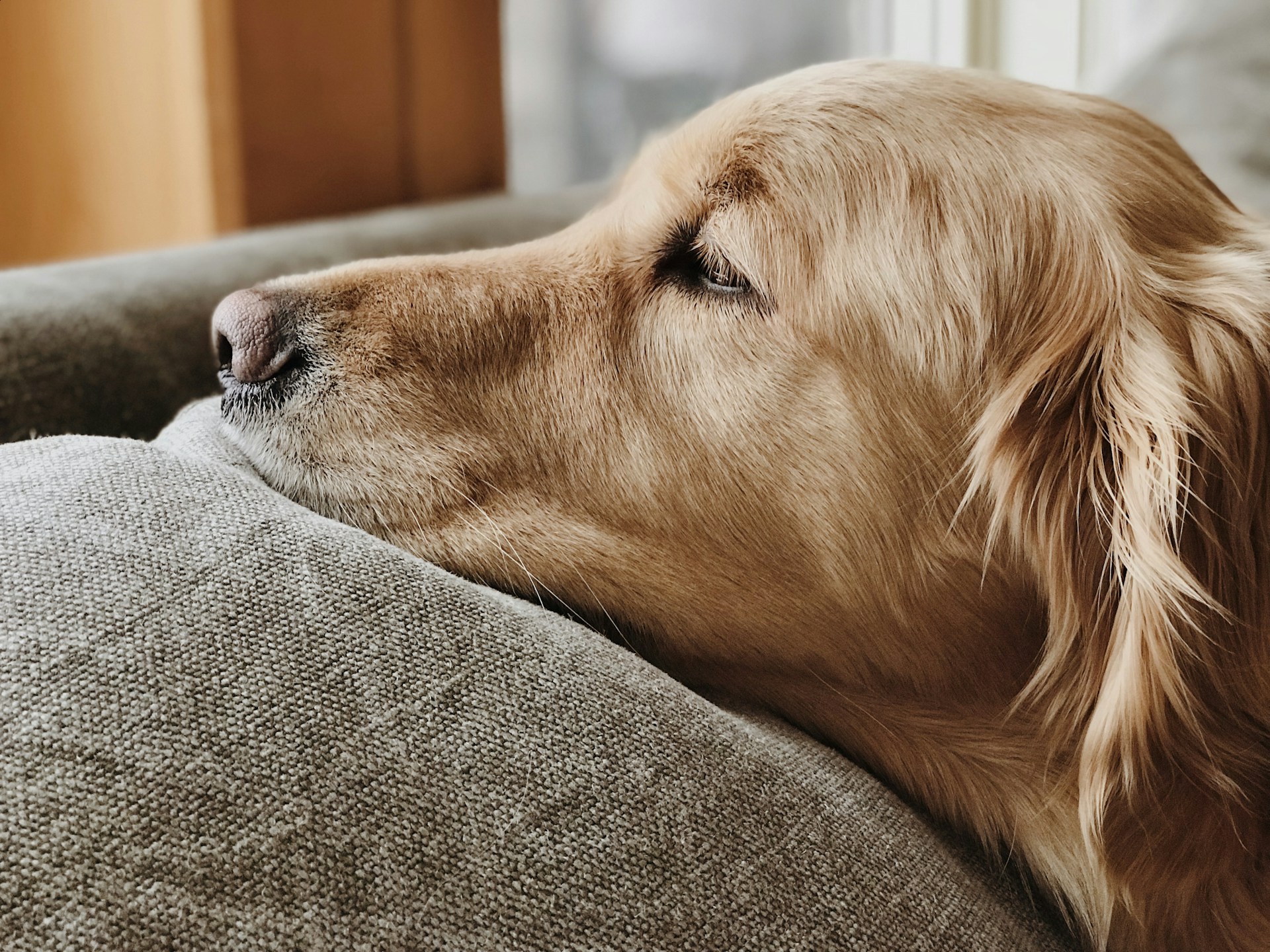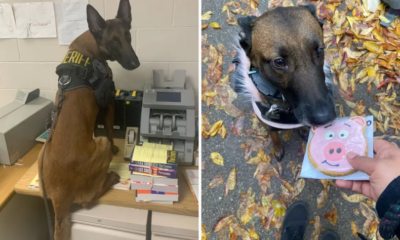LOL
Video: Golden Retriever’s Fear Will Spark Laughter

Quick Smiles:
- Gus, a 2-year-old golden retriever, is humorously afraid of his toy basket.
- Owner Abby Brumbelow has developed an unique “toy shopping” routine to help Gus get his toys.
- A video of the funny routine went viral on TikTok, gaining over 442,000 views and 48,100 likes.
@retrievernamedgus My sweet little scaredy cat #goldenretrieverlife #goldenretriever #dogsoftiktok
Entertaining our canine companions typically involves a supply of toys ready for playtime. However, for one golden retriever named Gus, the toy basket has become a source of fear.
Gus is owned by Abby Brumbelow, a 23-year-old from Atlanta. She was aware that Gus was scared of items like cardboard boxes, grocery bags, and balloons, but a new fear has recently emerged.
“Gus developed a genuine fear of his toy basket,” Brumbelow shared. The woven basket, which stores his favorite toys, is now a no-go zone for this timid retriever.
To adapt to this odd situation, Brumbelow created a different approach when Gus wants a toy – a trip to the “toy shop.” As she jests, Gus will quickly grab a toy from the top of the basket and sprint away, leaving her to play the part of a shop assistant.
“Every now and then, he’ll take a toy that’s at the top of the basket, but he’s fast to grab it and then he skedaddles. He usually chooses a bone and a ball that stay out of the basket, so I don’t have to play ‘toy shop’ too often,” Brumbelow added.
Developing fears in young dogs is not uncommon, especially as they’re learning about their environment. According to the American Kennel Club (AKC), dogs usually experience two primary fear periods, first between 8-11 weeks and then at around 6-14 months.
The AKC points out that dogs can develop fears of harmless or inanimate objects. Over time, they should gain confidence and overcome these phobias. However, for some dogs, the fear may persist longer. Owners may need to step in, using techniques like desensitization and counterconditioning to help reduce the dog’s anxiety.
These methods may involve rewarding the dog while they’re exposed to the object causing fear. Alternatively, it may involve training them to replace a negative response, like barking, with a positive one, such as lying down.
The aim of these techniques is to gradually help dogs become accustomed to the stimulus that usually scares them. Incrementally increasing exposure and providing rewards can change their reaction from fear to enjoyment.
Now, when Gus wants a toy but can’t gather the courage to fetch it himself, he positions himself in front of Brumbelow, whimpering until she accompanies him to the dreaded basket.

-

 Cute Animals2 years ago
Cute Animals2 years agoPuppy Love Patrol: Service Dog Swoons Over K9 Officer Neighbor
-

 Cute Animals2 years ago
Cute Animals2 years agoHugs, Hooves, and Happiness: Newborn Donkey Steals Hearts by Demanding Affection [Video]
-

 Cute Animals2 years ago
Cute Animals2 years agoWATCH: A German Shepherd’s Surprising Parenting Instinct for Lost Ducklings!
-

 Cute Animals2 years ago
Cute Animals2 years agoPetty Pup Pulls Off Hilarious Bone Heist [Video]
-

 Heroes2 years ago
Heroes2 years agoA Lost Dog’s Bark Leads to a Lifesaving Discovery
-

 Cute Animals2 years ago
Cute Animals2 years ago“Pure Love”: Adopted Rescue Dog Can’t Hide How Grateful He Is [Video]
-

 Cute Animals2 years ago
Cute Animals2 years agoTiny but Mighty: Cat with Dwarfism Becomes Internet Star as Owners Adapt Backyard for Her Comfort
-

 Cute Animals2 years ago
Cute Animals2 years agoAdorable Puppy Steals Hearts After a Tiring Swim [Video]